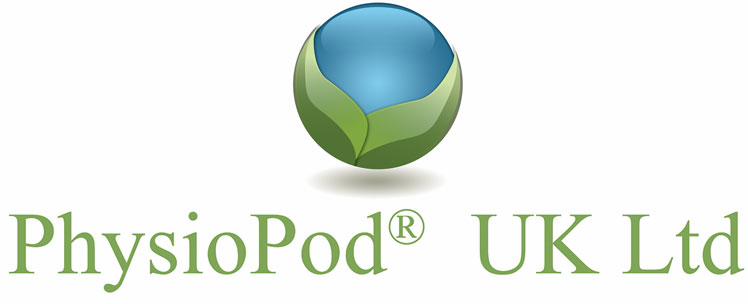Use of DEEP OSCILLATION in the Fascial Distortion Model (FDM). Dr. MSc. Luis Felipe Medina Cabezas. Lic. TF .
"When considering the specific alterations in the fasciae of the human body as one of the reasons that may explain musculoskeletal injuries and their eventual symptomatological manifestation, the possible synergistic applications of DEEP OSCILLATION ® as a possible therapeutic tool to treat these clinical manifestations.
Dr. MSc. Luis Felipe Medina Cabezas. Lic. TF .
At present we know that the Fascial Distortion Model refers to a possible pathology related to fascial injuries and therefore to the deviation from normality of the connective tissue in its structure and function.
A fascial distortion affects musculoskeletal integrity in a number of ways, and its clinical manifestation can go by different names. On the one hand, it can be called muscle elongation, fibrosis, tendinosis, adhesive capsulitis, etc. Whatever the description, its treatment could require the sum of various manual techniques and even the application of different physical means such as DEEP OSCILLATION ® together with the administration of certain drugs or the necessary surgical intervention if necessary.
When it is assumed and it is possible to show a mechanical cause that explains the fascial distortion, the treatment tactic will focus on determining what types of distortions are present in a given injury and what feasible means could modify its manifestation.
Dr. Stephen Typaldos is credited with creating this approach called the Fascial Distortion Model (MDF).
Anatomically the fasciae are the main connective tissue of the body, forming the tendons, ligaments, retinacles, fascial bands, myofascia, adhesions, and other tissues that surround and contain the muscles, bones, nerves, and organs..."

.png)
